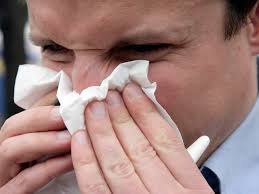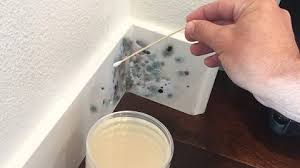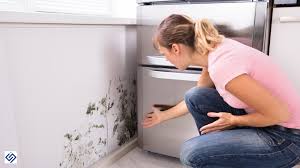HOW TO IDENTIFY MOLD AT YOUR HOME
- Blake A Spears

- Nov 19, 2021
- 2 min read
Updated: Dec 10, 2021
Different types of mold, especially black mold, can be harmful if not examined upon the first event of knowing it. You can quickly identify and manage mold if you act early on.
However, the mold that you cannot “see” can be your biggest problem in most cases.
Water and moisture can build up in different spots of your home and create the ideal environment for mold growth.
A general concern for people dealing with water damage is that they may have to deal with moisture buildup behind their home walls.

HOW TO KNOW IF YOUR HOME HAS MOLD IN THE WALLS
Although you do not see mold behind your home’s walls, there can be some. Some people can react to it, even if the mold is non-toxic.
Some symptoms of an allergic reaction can be:
- Skin rashes
- Itchy eyes, nose, and throat
- Sneezing
- Red and watery eyes
- Skin rashes
- Cough and postnasal drip
Suppose you or anyone in your family starts to experience any of these symptoms. In that case, it can be a possible clue that mold is present.
Mold also can leave a perceptible odor. Usually, it will grow out of sight in-wall cracks due to water issues like leaks. Soon, a toxic environment may be thriving in your home.
THE PRESENCE OF MOISTURE
If your home suffers severe water damage, for example, mold will grow in walls. That will happen especially if the water is not removed within 24-48 hours. If the water has reached the drywall, it is best to have a professional cut it one foot above the waterline.
Leaky pipes are another way that moisture can become trapped inside your walls. Humidity can get trapped inside your walls and create the perfect breeding ground for mold to grow and thrive. Make sure to observe for these signs that drywall may contain moistness:
- Discoloration of any sort
- Peeling, cracking, or bubbling of your walls’ paint or wallpaper
- Water stains
If you see any of the signs mentioned above, you need to contact a professional for examination.

NOTICEABLE SIGNS OF MOLD
First, if you notice the wall deteriorating, mold is beneath it, most certainly. Where cases are less severe, mold may not be visible. Inspect the walls of your home and look for mold on them or alongside baseboards.
Mold can appear in different colors and patterns. Some of the colors can be:
Black, Gray, White, Brown, Green. Even orange, pink, or purple when it grows behind wallpaper.
A STINKING SMELL
Another way to detect a mold situation is a strong, musty smell. If you do not see perceptible signs of mold but smell an intense odor coming from behind a wall in your home, this is a good indicator of mold growth.
MOLD REMOVAL FROM WALLS IN YOUR HOME
Mild mold infestations may not demand the help of a professional. However, it is best to get at least investigated by a professional instead of dealing with it on your own. If this is the case, you should leave it to a mold remover specialist to address the problem.






Comments